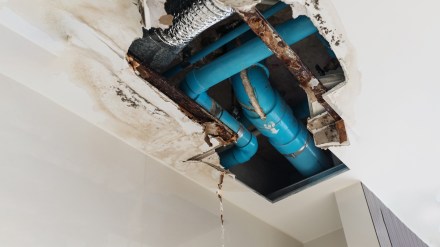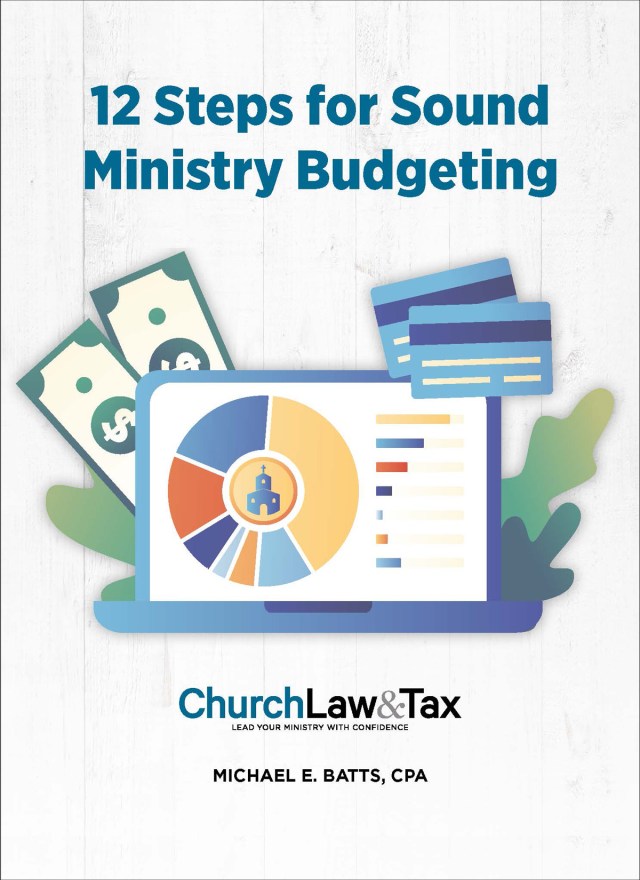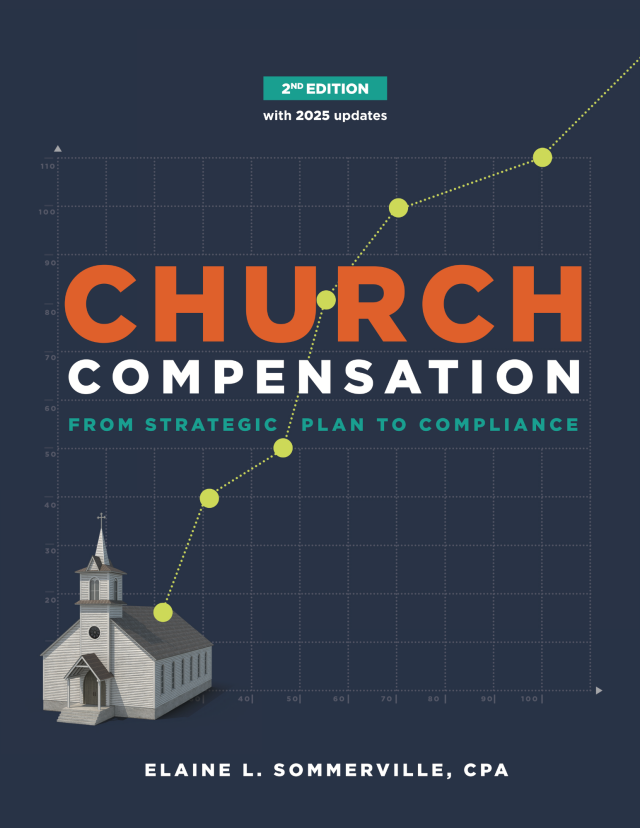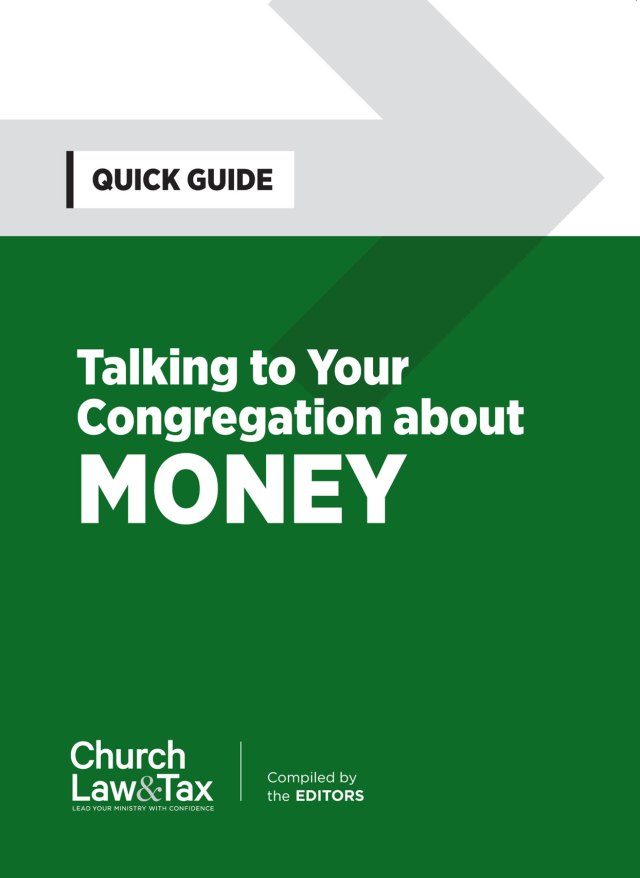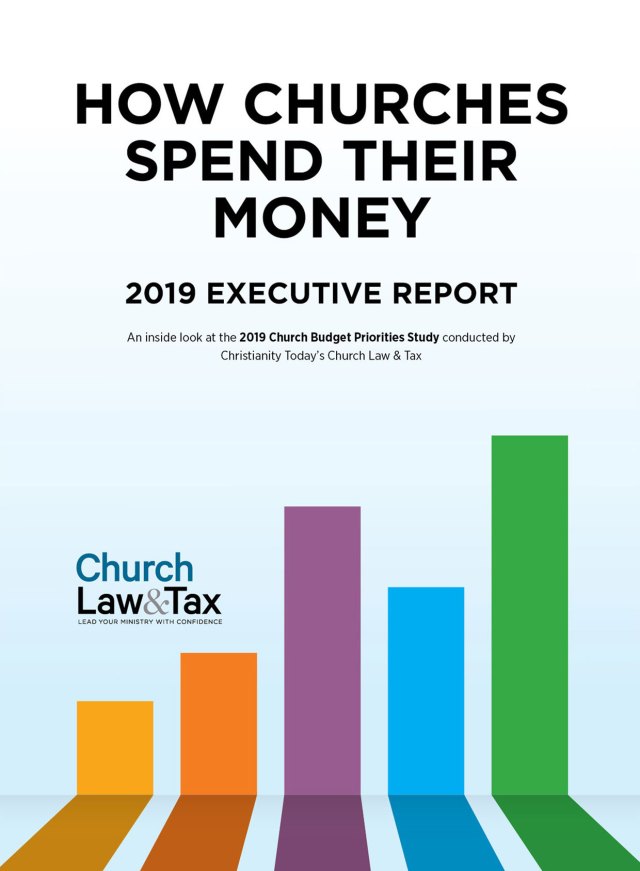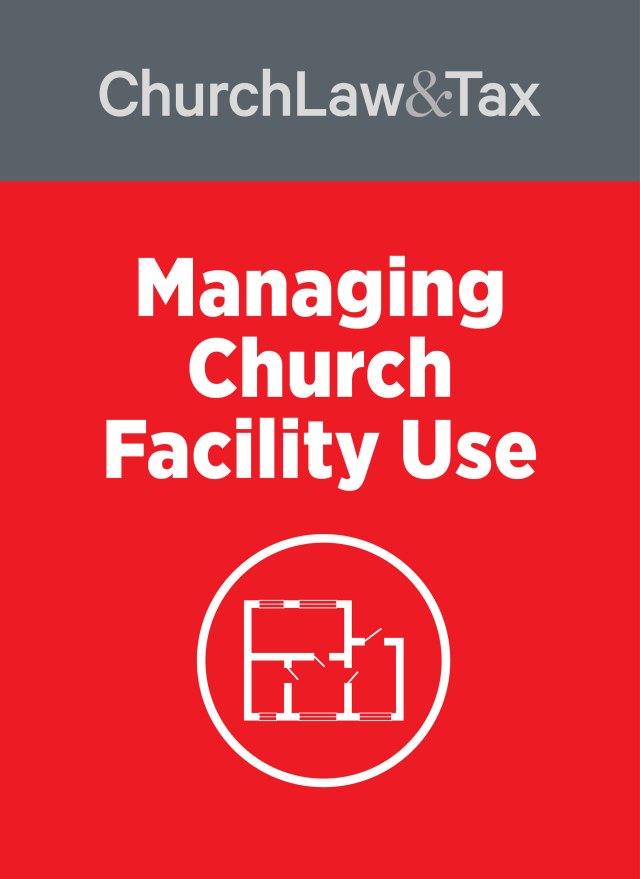Kevin Folsom is the director of special projects at Building Solutions, a company offering technical guidance for real estate and facility development programs. The company’s services include building assessments and facility problem-solving.
Folsom previously served for seven years as director of campus operations at Trinity Christian Academy in Addison, Texas. Before that, he spent 25 years in a similar role at Dallas Theological Seminary. He is a longtime member of APPA, an association for higher education facility officers.
He spoke with Church Law & Tax about why churches need regular evaluations of their physical assets and how to plan financially for replacements and maintenance.
Common Mistakes Churches Make with Physical Assets
Many churches avoid thinking ahead about future maintenance needs. This often leads to trouble when costly repairs pop up unexpectedly.
“They say, ‘I’ll wait until that problem happens.’ We do the same thing with our houses,” Folsom says.
Instead of saving a small amount each year—for example, $500 annually toward a roof replacement—churches hope for insurance coverage or simply wait until the issue is urgent.
How Treasurers Can Communicate the Need for Reserves
Church treasurers play a key role in helping pastors, boards, finance committees, and congregations understand the importance of funding future maintenance.
Here’s how they can make the case:
- Remind stakeholders that facility value is often greater than the annual operating budget.
- Some individual components (like HVAC systems) can also cost more than the annual operating budget.
- Deferred maintenance can spiral into major problems, potentially requiring debt—or even forcing closure.
Folsom emphasizes that replacement planning is not optional:
“They have an obligation to God and the donors to be good stewards for ongoing reinvestment … to make sure they stay ahead.”
Why Replacement Planning Is Always Ongoing
From the moment a building is completed, it begins to deteriorate. Components age at different rates:
- Some parts may last 2–3 years;
- Others may last 10 years or more.
Regular planning and funding ensure these timelines don’t catch churches off guard.
What Expenses Surprise Churches Most?
The biggest unexpected costs often involve:
- Roofing;
- Vertical waterproofing.
These issues can be ignored for a while—unlike air conditioning, which typically gets repaired quickly when it fails.
Churches might:
- Place a bucket under a leak;
- Ignore wall stains or cracked sealant.
But these signs often point to serious internal damage that gets worse over time.
How to Prioritize Maintenance and Repairs
Folsom recommends using standards from:
- Installation contractors;
- Engineers;
- Warranties.
These sources provide expected life cycles for building components.
Key areas to monitor include:
- Flooring;
- Roofing;
- Air conditioning;
- Heating;
- Vertical waterproofing.
Each has a different lifespan depending on the quality and type of installation.
“Set aside enough money each year so that when the life cycle reaches a point of renewal, you have the money there to do it,” says Folsom.
Waiting for visible decay usually leads to more expensive repairs.
We’ve used a combination of AI and human review to make this content easier to read and understand.
